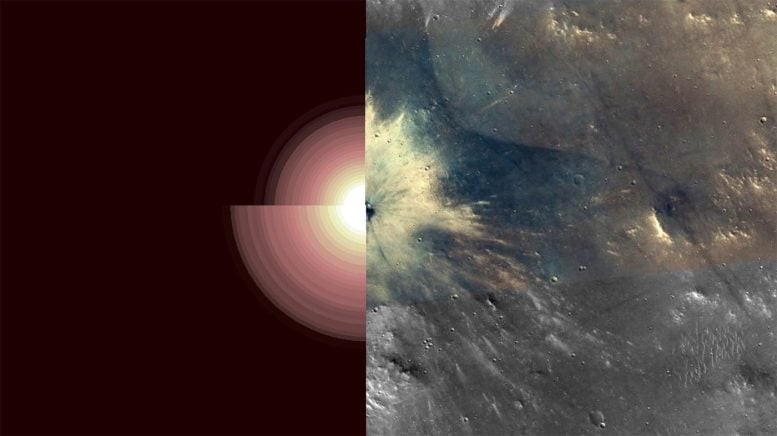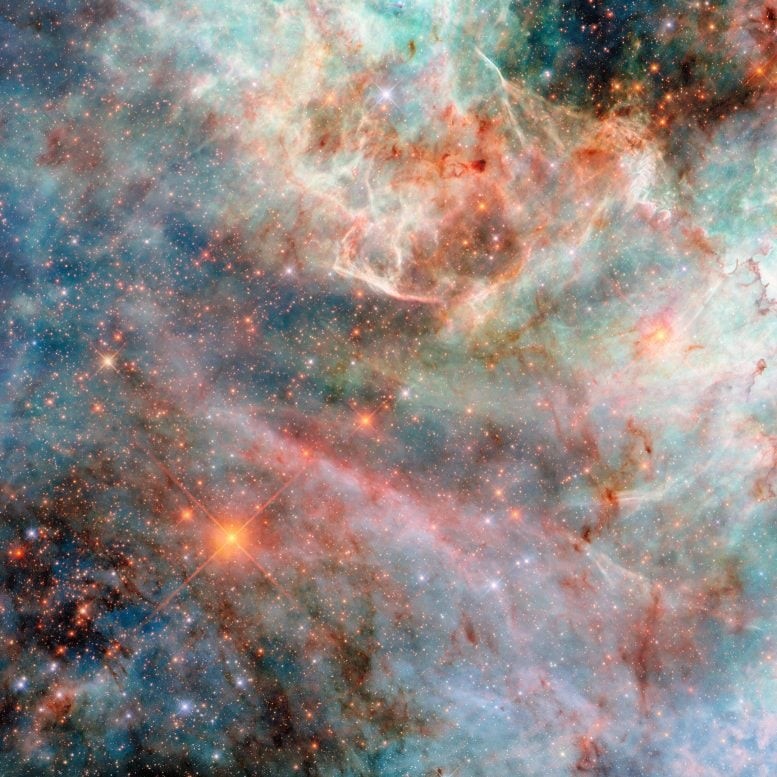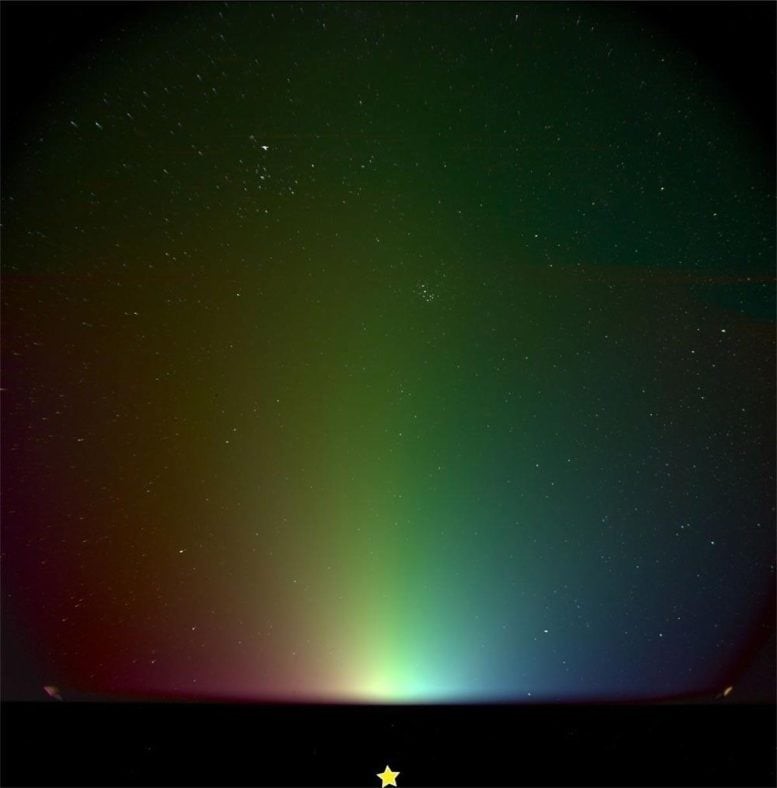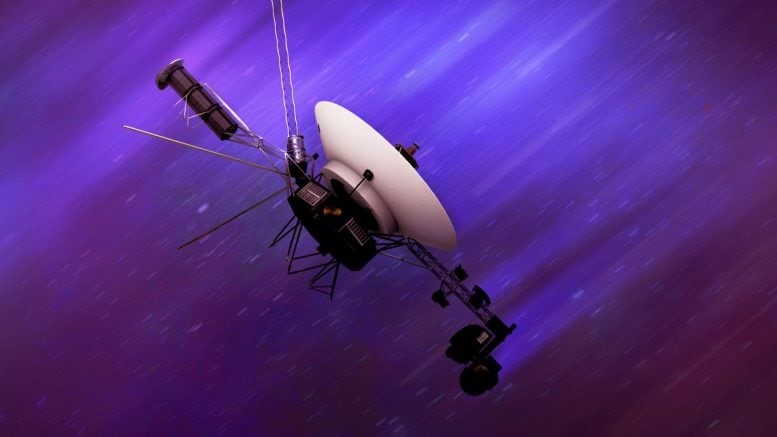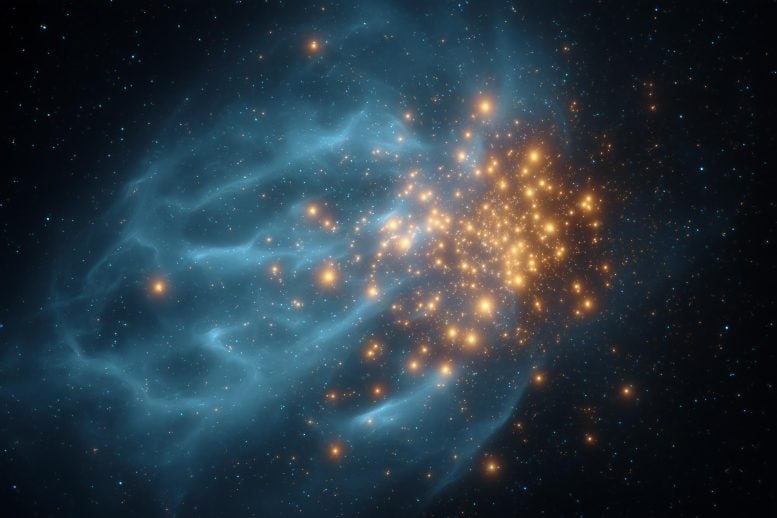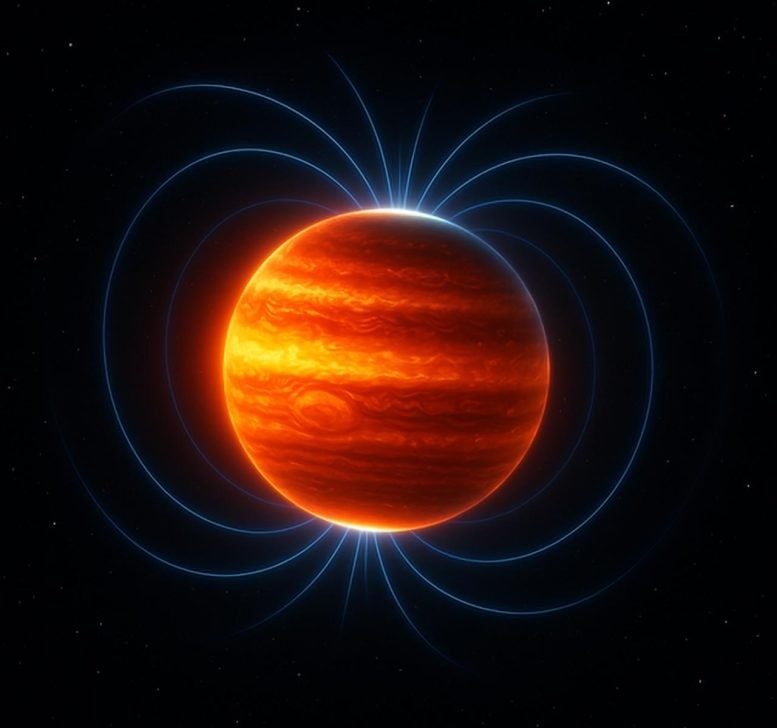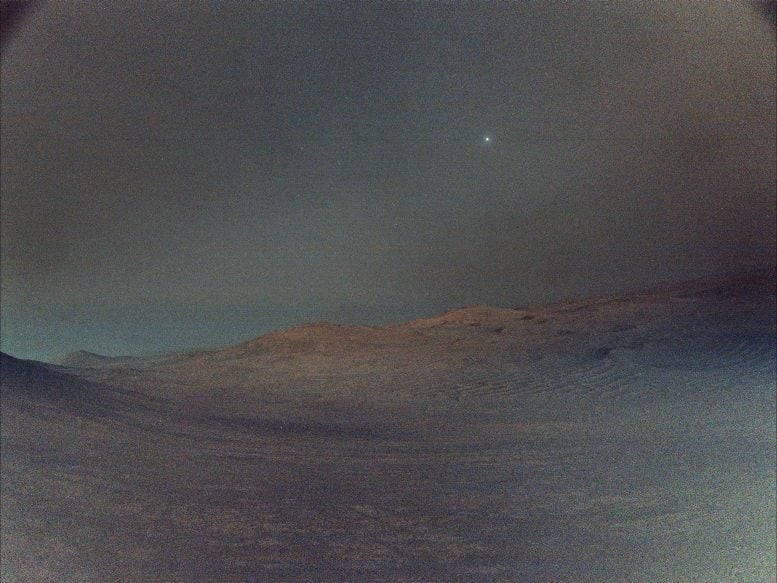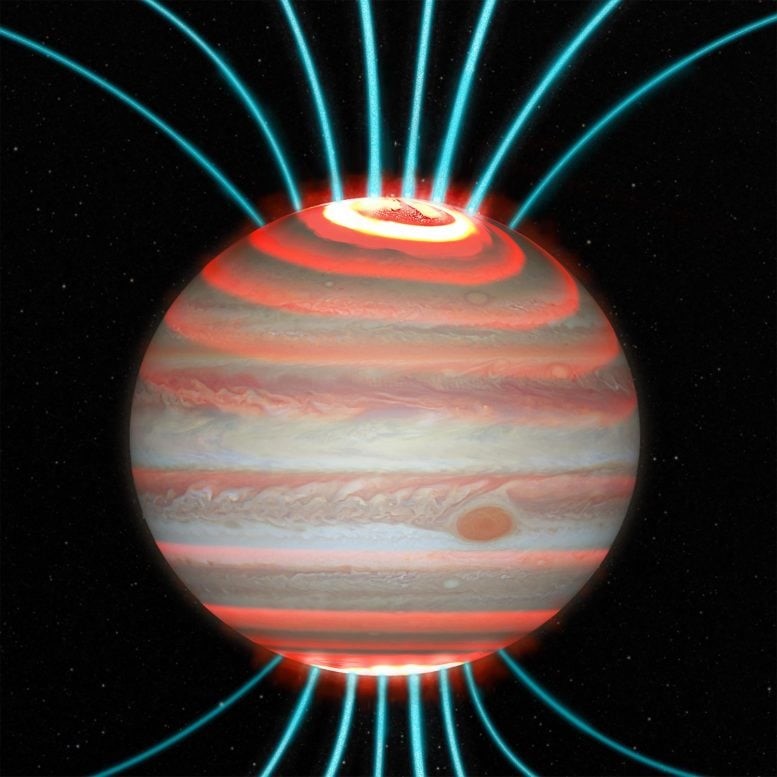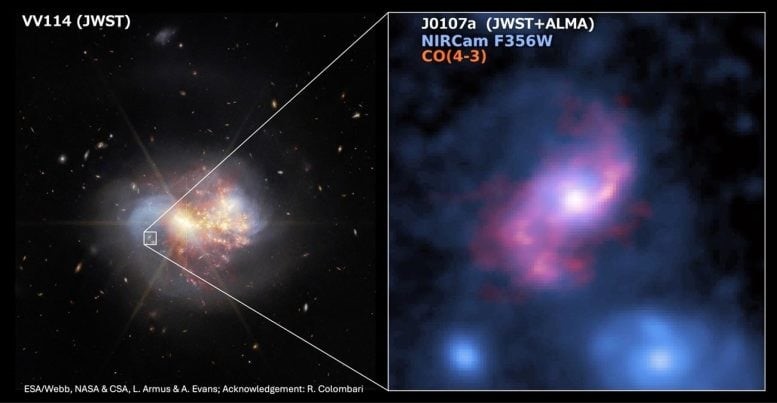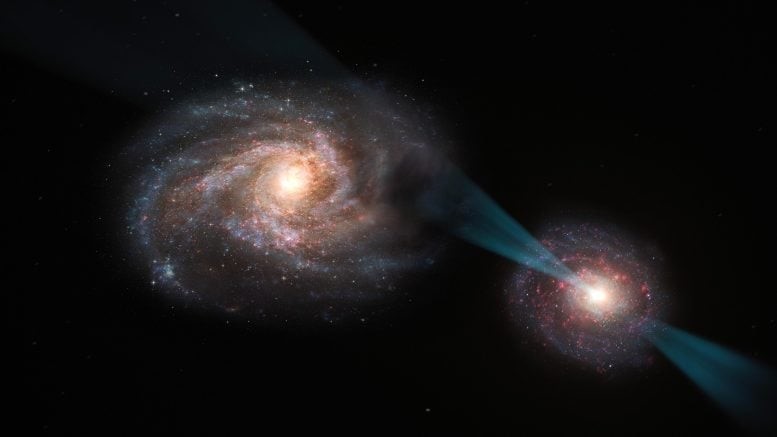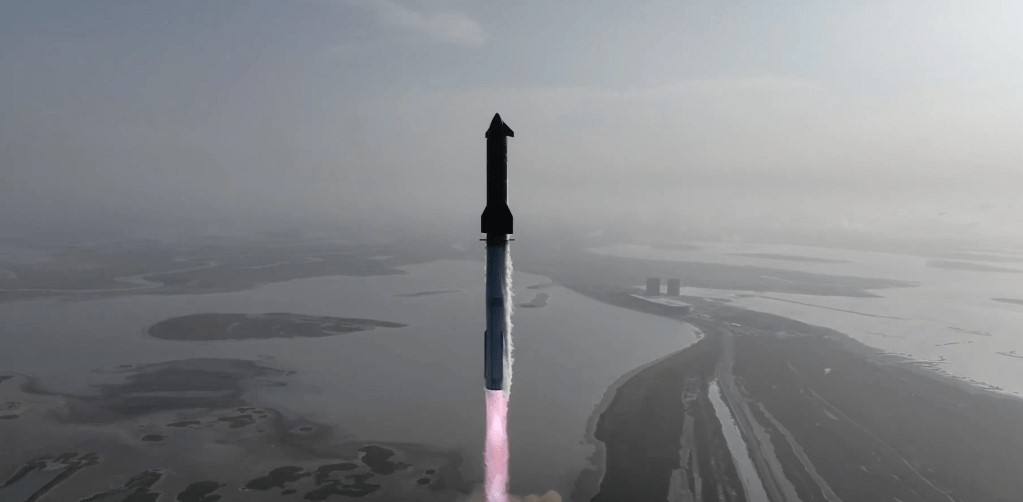Martian "Stone Web" Discovery May Redefine Mars' Geological History
High-Tech Imaging and Remote Sensing Operations
Before Curiosity continues its journey, it’s using the powerful Mastcam to capture a panoramic mosaic of the surrounding landscape. These wide-angle images allow scientists to monitor how the terrain shifts with elevation along the rover’s route. Mastcam will also revisit “Temblor Range”—a ridge the rover previously crossed where its wheel tracks remain visible—for a closer inspection.
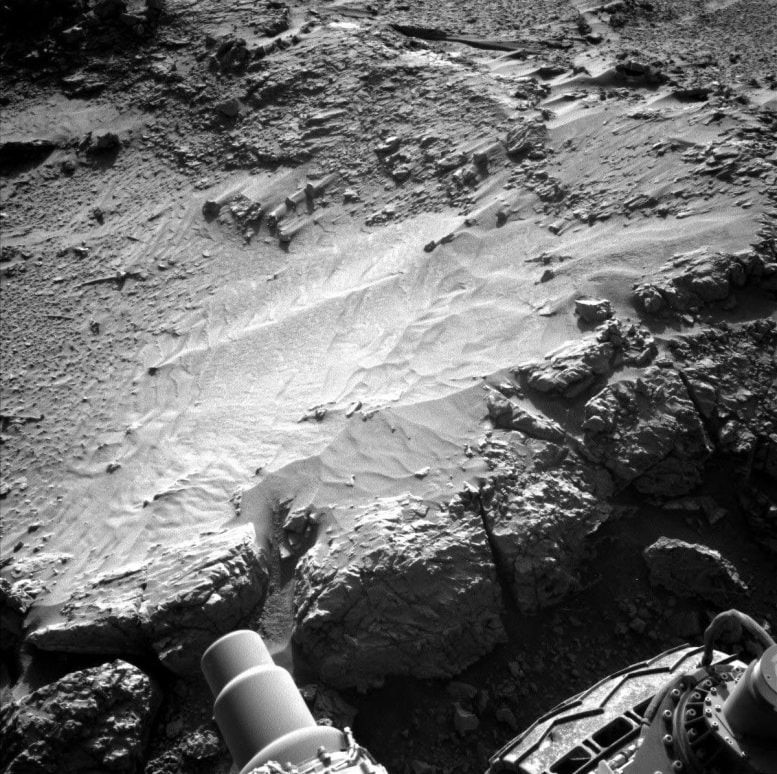
Figure 1. Martian “Stone Web” Unveiled: A Potential Game-Changer in Mars’ Geological Story.
Next, Mastcam will image a nearby trough, similar to others observed in the area. These features are particularly compelling due to the ongoing mystery surrounding their formation. The camera will also re-capture the AEGIS target from an earlier mission plan. Figure 1 shows Martian “Stone Web” Unveiled: A Potential Game-Changer in Mars’ Geological Story.
At the same time, the ChemCam instrument is using its laser to analyze a jagged formation known as “Glendale Peak,” which may be part of a potential boxwork ridge. ChemCam is also assembling a high-resolution mosaic of Texoli Butte. Afterward, Mastcam will return to Glendale Peak to collect more detailed visual data.
Maintaining the Rover’s Thermal Protection System
Alongside our imaging tasks, we’re also conducting the monthly test and maintenance of the backup pump in Curiosity’s Heat Rejection System (HRS). This system circulates fluid to transfer heat from the rover’s power source, helping maintain stable temperatures across all subsystems. Regular testing ensures the backup pump remains fully operational in case the primary pump encounters any issues.
Positioning for a Closer Examination of Martian Terrain
Once imaging is complete, Curiosity will reverse about 30 centimeters (roughly 12 inches) to move off a small pebble and bring the intriguing science targets within reach of the robotic arm. This repositioning will place the rover in a stable and safe configuration, allowing the arm to be unstowed and its instruments deployed directly onto the surface for detailed analysis.
Atmospheric Studies and Autonomous Targeting
On the second, untargeted sol of the plan, Curiosity will carry out additional atmospheric science activities. These include an extensive dust devil survey, a Navcam suprahorizon movie, and a Mastcam solar tau measurement to assess the amount of dust in the atmosphere. The sol will conclude with another round of autonomous ChemCam targeting using the AEGIS system.
Introduction to the Martian “Stone Web”
Discover what the "Stone Web" is—a unique, intricate network of rock formations recently found on Mars. Learn about where it was discovered, what it looks like, and why it immediately caught scientists’ attention.
The Geological Puzzle of the Stone Web
Explore the mystery behind how this complex structure formed. Compare it to known Martian rock formations and discuss why the Stone Web doesn’t quite fit existing geological models, raising new questions about Mars’ surface processes.
Investigating the Stone Web — Tools and Methods
Understand the advanced technology used to study the Stone Web, including rover cameras, laser instruments, and satellite imaging. See how these tools provide detailed data to unlock the secrets of the formation.
What the Stone Web Reveals About Mars’ Past
Examine what the Stone Web might tell us about ancient Mars—such as evidence of water flow, volcanic activity, or climate conditions—offering clues about the planet’s environmental history and potential habitability.
Impact on Future Mars Exploration and Science
Discuss how this discovery could influence upcoming Mars missions, research priorities, and our broader understanding of planetary geology. Consider how redefining Mars’ geological history might shape the search for past life and human exploration plans.
Source: SciTECHDaily
Cite this article:
Priyadharshini S (2025), Martian "Stone Web" Discovery May Redefine Mars' Geological History, AnaTechMaz, pp.368


